What is Waterproof breathable fabric?
The materials made of waterproof breathable fabric have been part of our lives for about 40 years. But do you know about their functions? This article aims to introduce you to the functions of waterproof breathable fabrics and understand their main purpose.
Table Of Contents
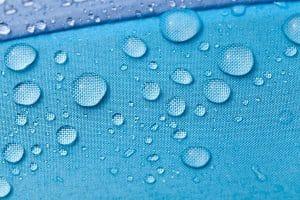
In inclement weather, your warm clothing should be windproof because it can resist wind and precipitation.
Waterproof materials are manufactured to provide comprehensive protection from snow, wind, and rain. It helps to prevent the entry and absorption of liquid water. Normally, waterproof fabric plays the role of a barrier between surrounding moisture and your body. Waterproof materials provide good wind protection, but they cannot absorb sweat through clothes. Check out the table of the proper
Properties
|
Name |
Waterproof breathable fabrics |
|
Density condition |
Military variants use thread densities as high as 98 per cm. There are no large pores where water can penetrate. |
|
Membranes |
Extremely thin |
|
Coating |
Consist of a layer of polymeric material |
|
Breathable Membranes |
Extremely thin |
|
Layer |
3- layer system |
Main functions of Waterproof Breathable
The waterproof and breathable fabric combines two different functions: waterproof and breathable.
The former is waterproof, and the latter refers to the ability of the fabric to let water vapor pass through. Since fully waterproof and fully breathable​​are mutually exclusive, the waterproof concept of breathable fabrics includes a compromise between waterproof and breathable.
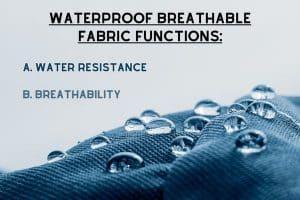
The waterproof material of the garment can only provide comprehensive protection if the seams, zippers, padding, and pockets are waterproof. The number of holes through which water can pass should also be kept to a minimum. This ensures that your waterproof clothing will stay dry even in wind, rain, or snow. Waterproofing without breathability usually means protecting external and internal moisture because water vapor cannot escape. Generally, air permeability or water vapor permeability can ensure improved climate and thermal comfort.
A. Water Resistance
The most common method for measuring the water resistance of fabrics is hydrostatic pressure in millimeters. Different manufacturers use different numbers to refer to fabrics as "waterproof," so it is sometimes difficult to tell whether a material is truly waterproof. If the thickness of the water column is now at least 5000 mm, this fabric is generally considered to be truly waterproof. However, according to some manufacturers, the minimum height can reach 1000 mm.
B. Breathability
Many people want to know what the breathability of fabrics is. Although the term is usually related to the air permeability of the fabric, it has nothing to do with either, but the ability of the material to let moisture through. In short, air permeability = water vapor permeability. The fabric should allow sweat to be absorbed from the skin, thereby providing comfort to the wearer and avoiding moisture accumulation in the clothes. It is an essential requirement to maintain proper temperature as well as comfort under different pressures.
There are a couple of methods to measure the air permeability of WBF. Measurement of the water vapor transfer coefficient (MVTR) is one of them. This value is the rate at which moisture penetrates one square meter of fabric in 24 hours. It is in units of g/m2 per day.
According to the waterproof rating, it is obvious that all the manufacturers don't use the same technique to find out the breathability of the fabrics. So don't blindly accept the outdoor comments that the manufacturer tells you about them. Their main goal is to increase sales, so they have good reasons to brag about their product reviews. Here is the table from where you can get an idea regarding the level of breathability.
|
Rating (gm² per day) |
Level of breathability |
|
5000+ |
Low |
|
5000-10000 |
Medium |
|
10000-15000 |
Higher medium |
|
20000+ |
High |
Conclusion
The basic principle of waterproof and breathable fabric (regardless of the fabric construction) depends on the relative humidity: if the inside of the jacket is wetter than the outside, the moisture moves outward to form a balance, and vice versa-if the environment is wetter than the jacket, the moisture Will migrate inward. Therefore, the fabric on the outside of the jacket is critical for moisture penetration, which means that the applied DWR must make the outside of the fabric drier than the inside so that the moisture inside can escape. However, after reading this article, I hope you got an overall idea about waterproof breathable fabric and its function.

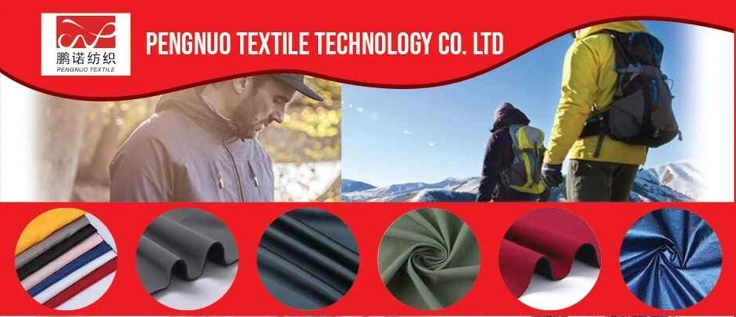



.jpg)


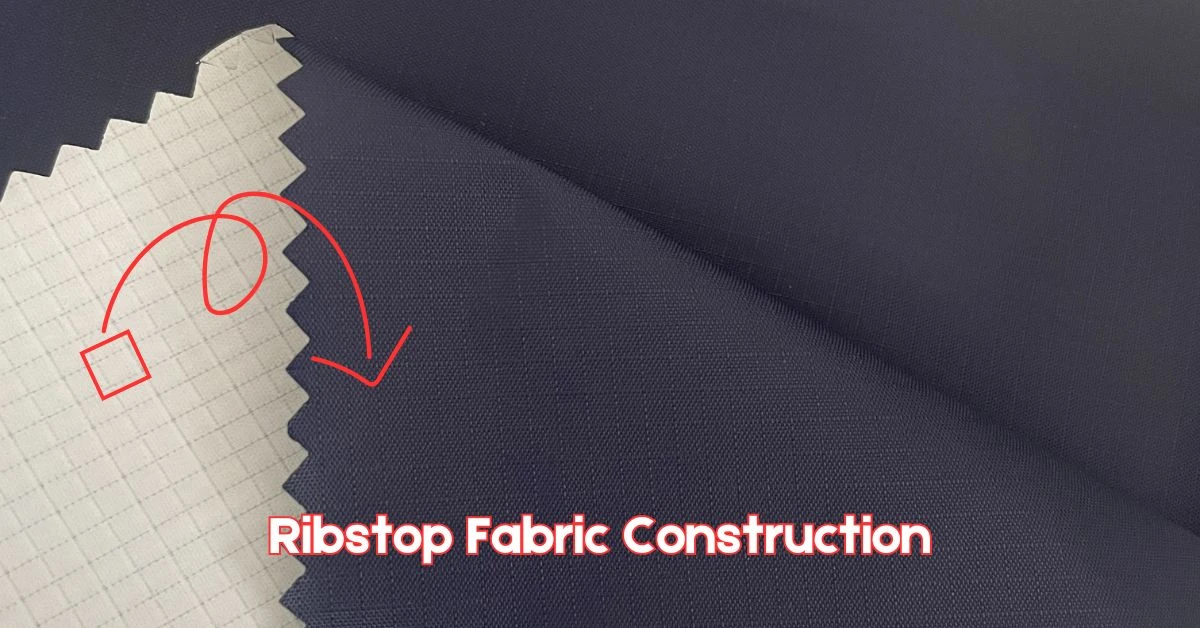

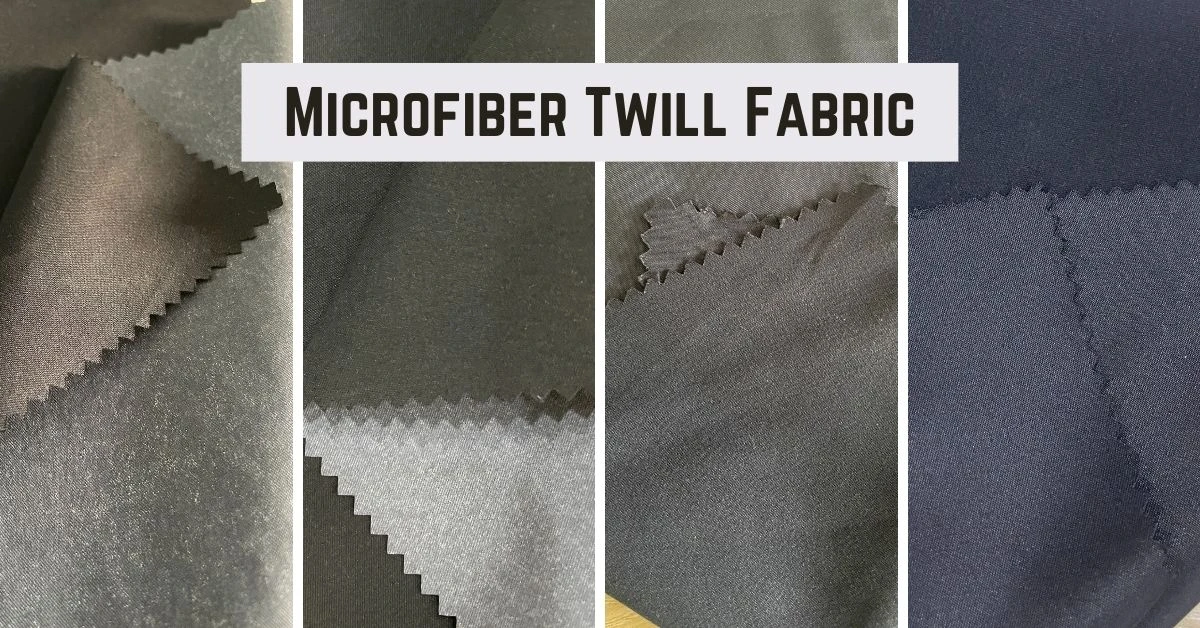

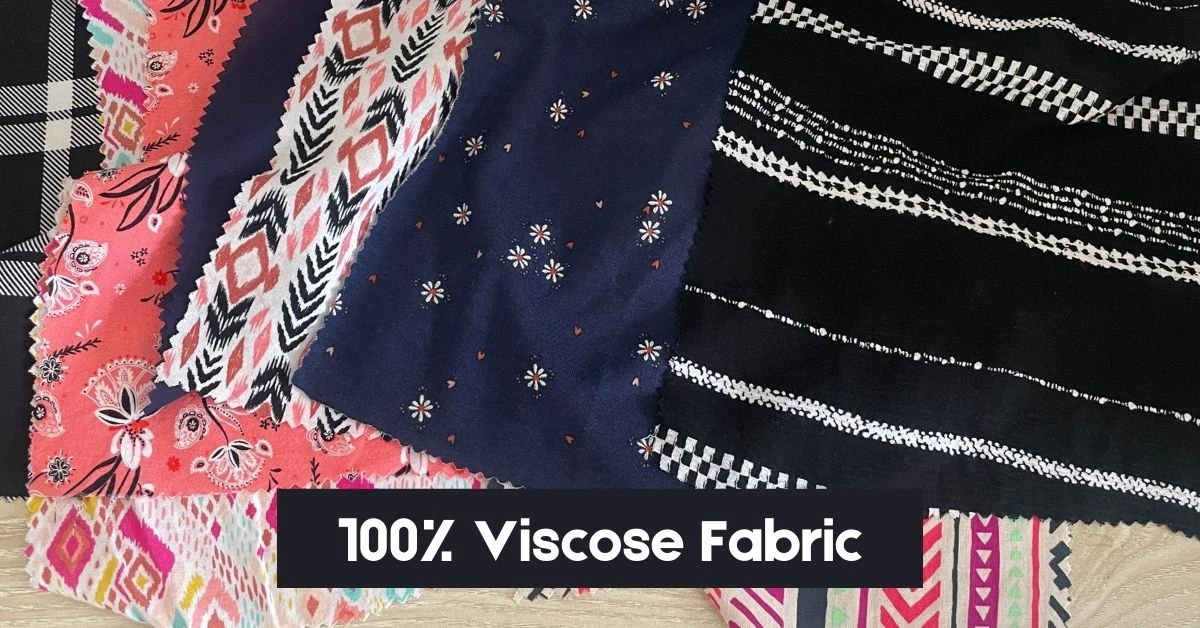

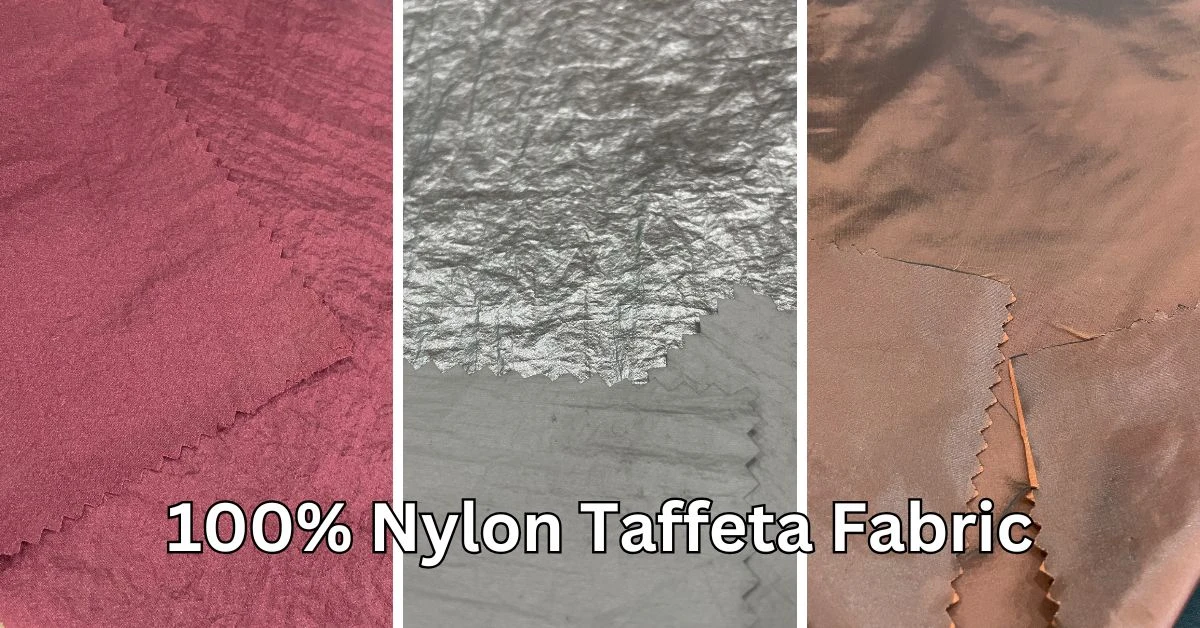


Comments - 00
Leave A Reply
Thanks for choosing to leave a comment.